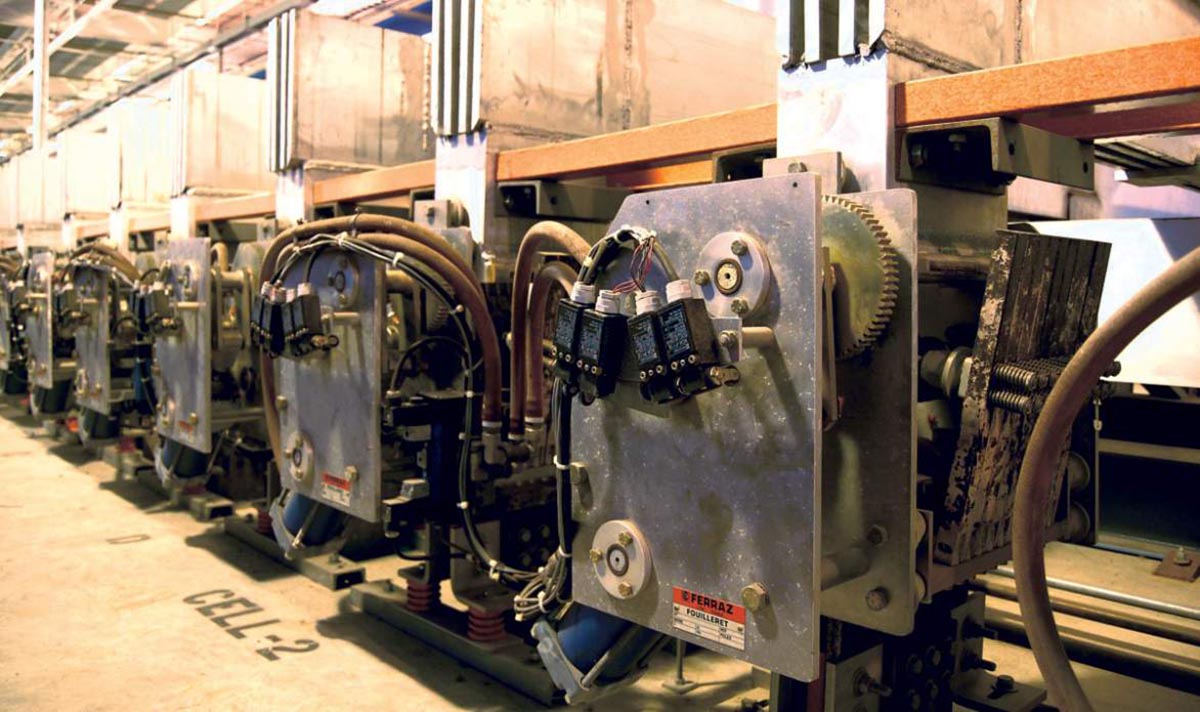Sure, it looks a subway tunnel for giants, and the MagLab's bus tunnel is used for transportation — just not the kind you're thinking of. This "bus" is a huge bar of aluminum that runs the whole length of the room — the central "tracks" you see in the picture on the right — and it carries electricity, not passengers.
You won't see the bus room on any public tour; in fact, it can't be seen from any of the main parts of the lab. It's actually on the second story directly above the row of magnet cells that ends at our biggest magnet, the 45-tesla hybrid magnet.
Each magnet has wiring that feeds into the bus tunnel. When a magnet is switched on, it's the bus tunnel's job to deliver the massive amounts of electricity required to power the magnet.
It's tucked away where no one can see it because nobody, and I mean nobody, wants to be in the bus tunnel when it's working. Consider a subway track, something we all know can kill you if you fall onto it. A subway track is powered with around 1.6 megawatts of electricity. Compare that to the 56 megawatts of energy the bus tunnel is capable of moving, and you'll understand why this is a room with four alarms.
The switches that control the movement of electricity from the bars down into the magnets are at floor level; there are 128 of them that have to be monitored and maintained for the system to work properly. Sound complicated? It's just one of the many processes supervised by the control room operators who keep the magnets constantly fed with electricity and magnet-cooling water.
By Amy Mast



